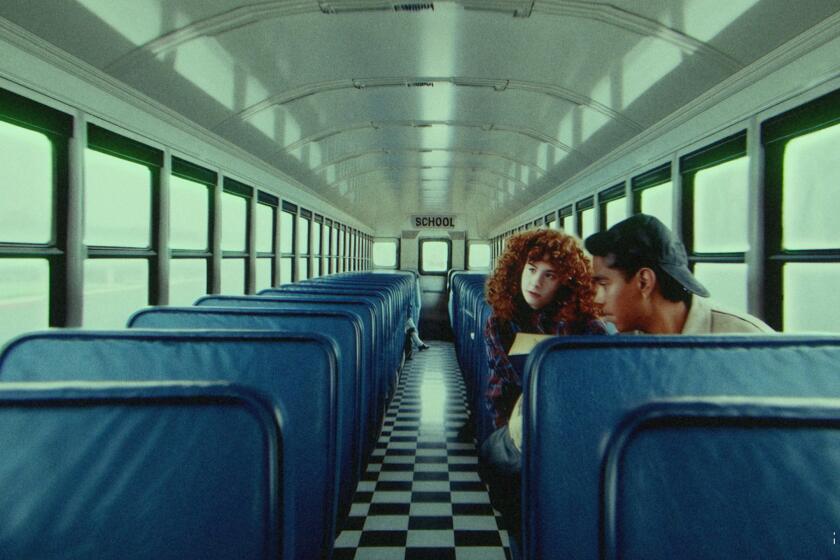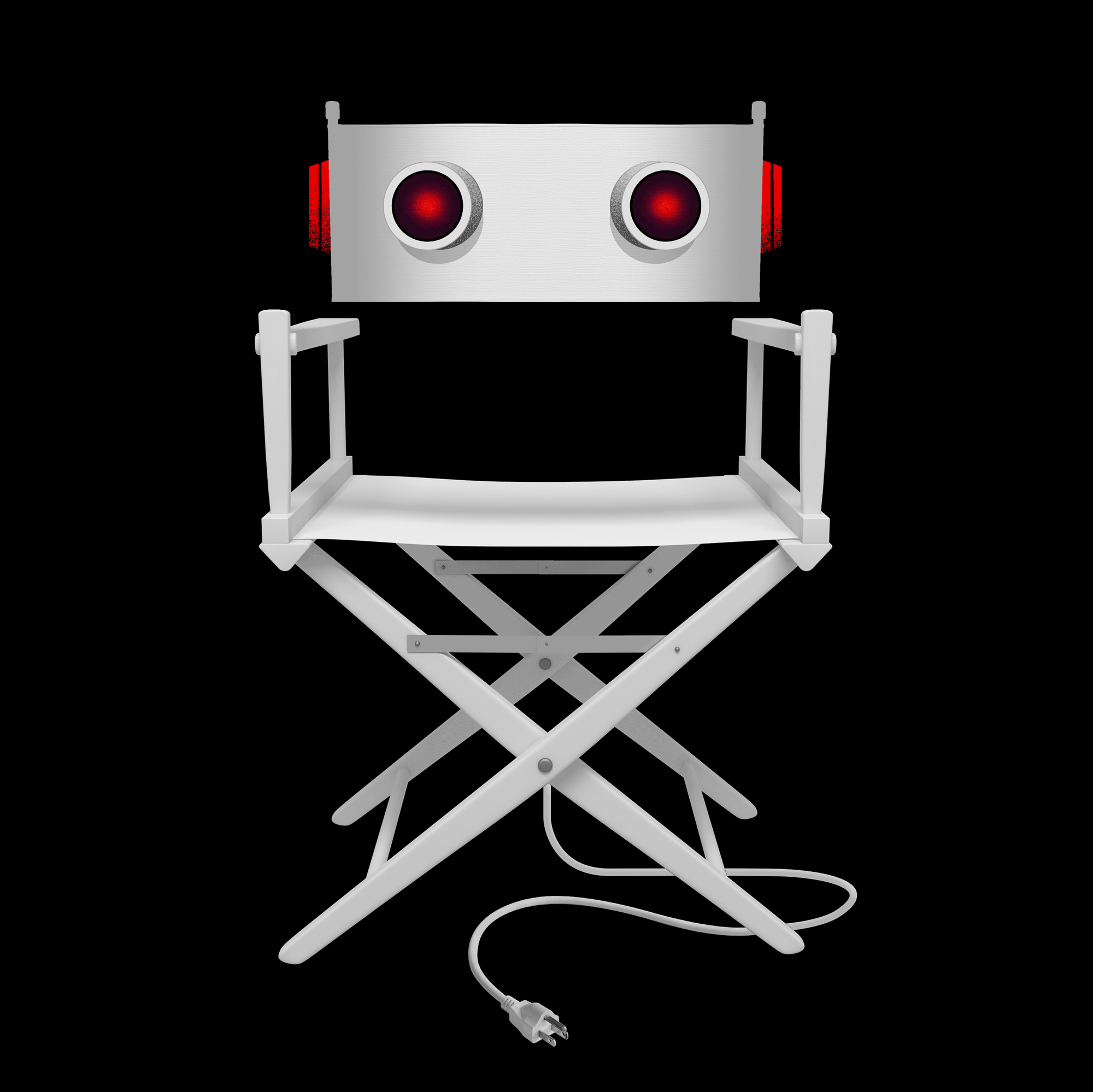OpenAI’s controversial Sora is finally launching today. Will it truly disrupt Hollywood?

OpenAI’s controversial text-to-video artificial intelligence tool Sora sent shock waves through the entertainment industry when the company unveiled it earlier this year.
The technology promised to revolutionize filmmaking by automatically creating short movies based on written commands. For example, users could type in descriptions, such as, “A stylish woman walks down a Tokyo street,” and Sora would provide up-to-60-second videos based on that information. Workers feared that it was a prelude to a future in which AI displaced jobs throughout Hollywood.
But until now, Sora has been available only to people participating in research, testing and previews for artists.
On Monday, Sora faces its next big test as OpenAI, best known for the ChatGPT text bot, makes it available to the broader public. In the U.S., consumers can use Sora with a ChatGPT Plus subscription, which costs $20 a month. It can generate up to 50 videos of up to 20 seconds long. Customers can get more Sora usage, higher resolution and longer videos with a ChatGPT Pro subscription.
OpenAI executives say Sora will lead to new possibilities for artists and creatives.
“We really believe that Sora can open doors for people to explore and share their creativity visually, especially without extensive resources or training,” Souki Mansoor, Sora artist program lead for OpenAI, said in an interview. “As we know, filmmaking is very expensive.”
Washed Out is the first major music artist to commission a music video using OpenAI’s Sora text-to-video technology.
The tool will be accessible for people 18 or older where ChatGPT is available, except for in the United Kingdom, Switzerland and countries in the European Economic Area. OpenAI said it is working on enabling Sora in those locations. The company is also preparing a free version of Sora.
AI is a major source of tension in the entertainment industry. It was a key issue in last year’s strikes by actors and writers, who sought protections from the rising tech as part of their contract negotiations.
Many have also raised concerns about how AI models are trained and whether intellectual property rights holders and artists are being compensated fairly, or at all, for content digested by the powerful technology.
Entertainment companies meanwhile have been exploring partnerships with AI startups as a way to save money.
Mansoor said OpenAI is sensitive to the concerns raised by creatives about potential job losses, but is optimistic about the opportunities.
“Sora is designed as a creative collaborator, so the hope is that it helps artists bring very ambitious projects to life without expensive resources,” Mansoor said. “We think that this is raising the bar for what’s possible in video creation.”
A behind the scenes look at a film gala held in San Francisco that screened movies made with artificial intelligence.
Sora’s proponents say it could help artists test bold ideas without as many budget constraints. Alexia Adana, a New York-based creative director and visual artist, made the case that it could enable more stories from people, including underrepresented creators, who lack financial resources or equipment.
“We’re in this age where you can create anything and you can learn anything, and it’s either free or very low cost,” said Adana, who had early access to Sora. “This is such an exciting time for people who wouldn’t normally have the resources to demonstrate their vision.”
Adana used Sora to create a film concept called “Bloomchild,” which depicted a child made of soil and dirt who blooms and struggles to fit in. She said it was influenced by her own experiences as a person from Jamaica who grew up in the suburbs of Connecticut.
“I’m able to use a tool to come up with a full-on trailer,” Adana said. “I would have never been able to do that before.”
Indie pop artist Washed Out used Sora to create a music video. The director said the tool allowed him to show scenes from multiple places at a fraction of the cost of shooting on location. Meanwhile, a video that explained the origins of Toys R Us was made 80% with Sora, said Nik Kleverov, chief creative officer of Native Foreign, a Culver City creative agency and production company.
As AI technology advances, industry observers expect to see more deals between tech companies and studios and talent. But major challenges remain.
OpenAI said Sora will have safety measures in place to prevent abuses of the tool, such as child nudity.
Rohan Sahai, Sora’s engineering lead, said OpenAI has done “a lot of safety work to better understand how we prevent misuse” since Sora was first announced in February.
OpenAI has also undergone its own staffing changes this year, with some high-ranking executives departing. The company is seeking to become a for-profit business that is not controlled by its nonprofit board, according to Reuters. Currently, the for-profit subsidary of OpenAI is under the control of the nonprofit.
OpenAI ‘s board chair, Bret Taylor, said in a statement that “any potential restructuring would ensure the nonprofit continues to exist and thrive, and receives full value for its current stake in the OpenAI for-profit with an enhanced ability to pursue its mission,” which is that artificial general intelligence benefits all of humanity.
In October, OpenAI announced it raised $6.6 billion in new funding, placing its post-money valuation at $157 billion.
Some artists are angry with how OpenAI has gone about testing and developing Sora. Last month, a group of artists posted concerns in an online letter about how many creators, in their view, are being used to test and promote the technology without adequate compensation.
The letter has received more than 1,170 signatures, including from London artist Jake Elwes.
“While hundreds contribute for free, a select few will be chosen through a competition to have their Sora-created films screened — offering minimal compensation which pales in comparison to the substantial PR and marketing value OpenAI receives,” the artists wrote.
Mansoor said the group’s comments had no influence on the timing of Sora’s launch. She said the company focused on giving early access to artists who would be most disrupted by tools such as Sora and giving them the option of helping shape the tool’s development.
“There was no obligation to even use the tool, much less give feedback,” she said.
Mansoor said she came from the creative industry, spending more than a decade in independent filmmaking. “I came to OpenAI to create the kinds of experiences that I wish I had coming up in the industry,” she said.
Kleverov said the concerns raised by the letter didn’t reflect the views of early testers. “The AI world is already so small, and then within the world, those of us who are playing with Sora — it’s such a supportive space,” he said.
Walter Woodman, a director and co-founder of Toronto and L.A. production company Shy Kids, said once people experience Sora, “then everyone will see that it is not a magic bullet.” Shy Kids has used Sora to work on short films including “My Love.”
Many creators who have used AI tools say that it takes time to get the hang of the tools and that the technology has important limitations.
“Sora can help, much like a camera, editing equipment, or great performance,” Woodman said in an email. “But without great storytelling and storytellers, it will be just a tool on the shelf. However, those with talent are in for a creative awakening.”














